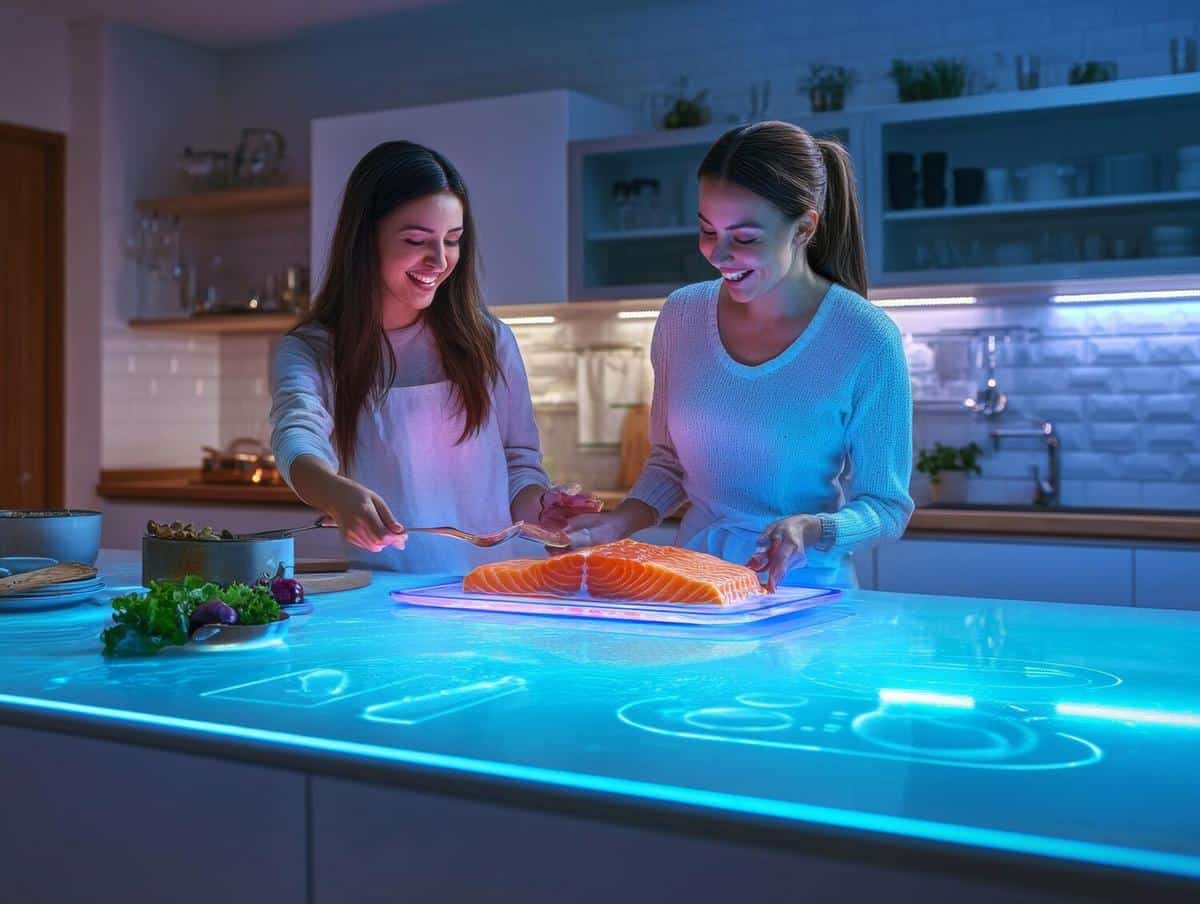
3D Printing in Cooking: A New Frontier
Imagine a world where your kitchen devices not only assist in cooking but also create intricate edible designs, transforming the way we perceive food preparation. This isn’t just a futuristic fantasy—it’s happening now with the advent of 3D printing in cooking. This innovative technology is reshaping culinary arts, offering chefs and home cooks alike a new frontier to explore.
3D printing in cooking combines the precision of digital fabrication with the creativity of culinary arts. This technology is not just limited to creating intricate designs; it also allows for personalized nutrition, sustainability, and efficiency in the kitchen. Let’s delve into how this transformation is taking place and what it means for your culinary experience.
The Evolution of 3D Printing in Cooking
3D printing technology has been evolving rapidly, and its application in cooking is one of the most exciting developments. According to a report by Research and Markets, the 3D food printing market is expected to reach USD 525.6 million by 2025, driven by the demand for customization and creativity in food design.
Expert Insights
Chef Dave Arnold, a renowned figure in culinary innovation, notes that 3D printing allows chefs to push the boundaries of food design in ways that were previously unimaginable. ‘It’s not just about aesthetics,’ he explains. ‘3D printing offers precise control over ingredients, which can lead to healthier eating and reduced food waste.’
Benefits and Applications
- Customization: 3D printing allows for personalized meals tailored to individual dietary needs, perfect for those with allergies or specific nutritional requirements.
- Sustainability: By accurately measuring ingredient quantities, 3D printing reduces waste, supporting a more sustainable kitchen environment.
- Efficiency: Preparing complex dishes becomes more efficient, saving time for chefs and home cooks alike.
Tips for Getting Started
Interested in exploring 3D printing in your kitchen? Here are some tips:
- Start with a simple 3D printer designed for food use. Check out resources like 3DPrintR for reviews and comparisons.
- Experiment with basic recipes before moving on to more complex designs.
- Join online forums or communities to exchange ideas and learn from others.
Always use food-safe materials and equipment when experimenting with 3D printing in cooking to ensure safety and quality.
Real-World Examples
One notable example comes from a Michelin-star restaurant that uses 3D printing to create delicate chocolate sculptures, enhancing their dessert presentations. Another example is a school cafeteria program using 3D printing to create fun and nutritious meals for children, encouraging healthier eating habits.
| Aspect | Traditional Cooking | 3D Printing |
|---|---|---|
| Customization | Limited | High |
| Efficiency | Moderate | High |
| Sustainability | Varies | Improved |
| Design Complexity | Limited | Advanced |
| Ingredient Control | Manual | Precise |
| Time Consumption | Varies | Reduced |
| Skill Level Required | Variable | Technological |
| Cost | Varies | High Initial |
FAQs
Is 3D printing in cooking safe?
Yes, as long as you use food-safe materials and equipment specifically designed for culinary use.
Can I use a regular 3D printer for food printing?
No, it’s important to use a printer designed for food to ensure safety and quality.
What types of food can be 3D printed?
Many types of food can be printed, including chocolate, dough, and even meat or vegetable purees.
Conclusion
3D printing in cooking is more than just a novelty; it’s a revolution that has the potential to change how we view and interact with food. As technology continues to advance, its applications in the culinary world will only expand, offering endless possibilities for creativity and efficiency. Whether you’re a professional chef or a curious home cook, embracing this technology could open up new culinary horizons. Explore more about innovations in kitchen technology and discover how you can start experimenting with 3D printing in your own kitchen.